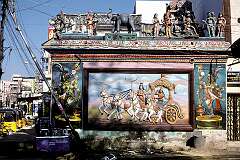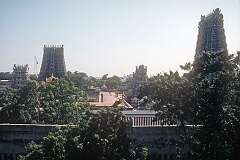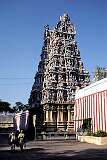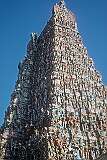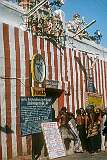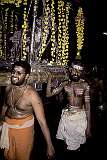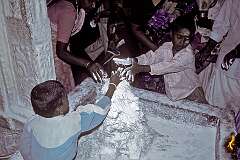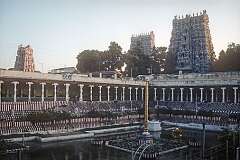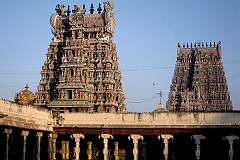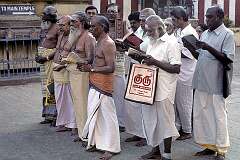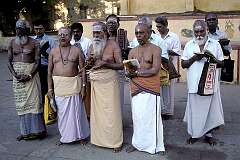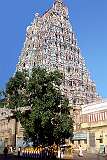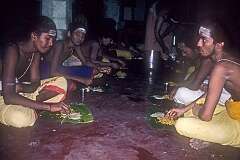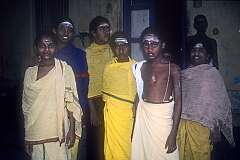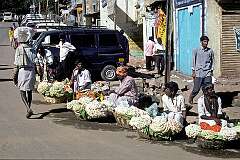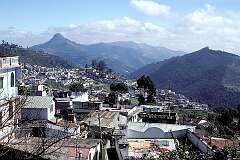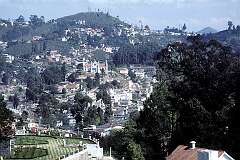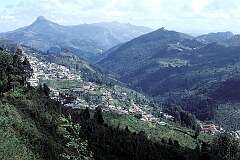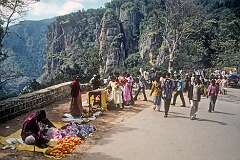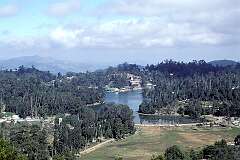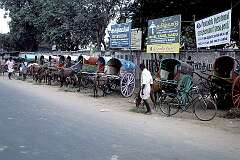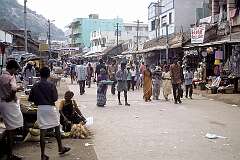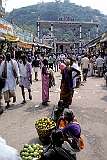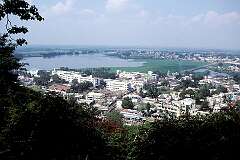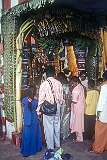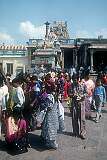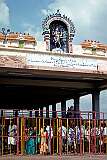Central Tamil Nadu: Madurai, Kodaikanal, and Palani
21-25 December 2003>
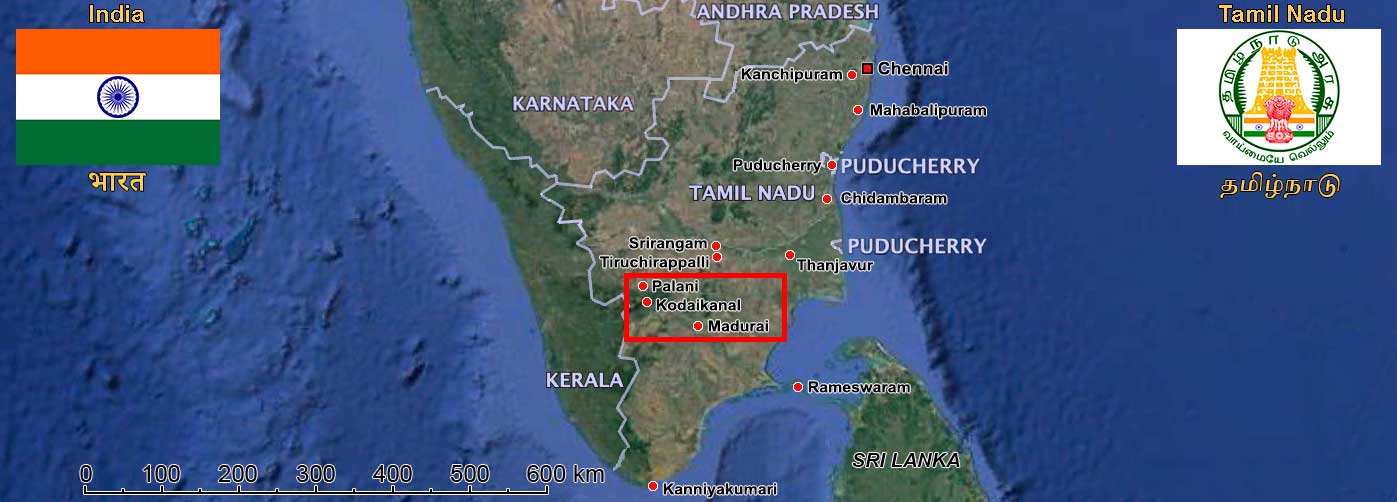

Madurai, one of India’s oldest continuously inhabited cities, whose origins date back over 2,500 years, was the capital of the Pandya dynasty and a great centre of Tamil learning and trade for over two millennia. Madurai’s Meenakshi Temple, one of India’s most magnificent Dravidian shrines, stands at the heart of the ancient city. The temple, dedicated to Goddess Meenakshi (a form of Parvati) and her consort Lord Sundareshwarar (Shiva), was built by Pandyan Emperor Sadayavarman Kulasekaran I (r. 1190–1216) but destroyed by armies of the Delhi Sultanate in the early 14th century. Rebuilding began under the Vijayanagara Empire rulers, and in the 16th century, the temple complex was further expanded and fortified by the Nayak ruler Vishwanatha Nayakar; it reached its grand form during the reign of King Tirumalai Nayaka (1623-1655). Its twelve towering gopurams, covered with thousands of colourful sculptures, and the Thousand Pillar Hall showcase the height of South Indian temple architecture. The temple remains the cultural and spiritual hub of Madurai.
A few hours west, high in the Palani Hills, lies Kodaikanal, founded by American missionaries and British administrators in the mid-19th century as a cool refuge from the plains. Surrounded by forests, waterfalls, and the tranquil Kodaikanal Lake, it is known as the “Princess of Hill Stations”.
At the foot of these hills is Palani, home to one of the six sacred abodes (Arupadai Veedu) of Lord Murugan. The Arulmigu Dhandayuthapani Swamy Temple, perched atop a rocky hill, is an ancient pilgrimage centre dating back over two millennia, symbolising faith and devotion across Tamil Nadu.
Together, Madurai, Kodaikanal, and Palani blend ancient devotion, scenic beauty, and living Tamil tradition — a harmony of faith and nature.
A few hours west, high in the Palani Hills, lies Kodaikanal, founded by American missionaries and British administrators in the mid-19th century as a cool refuge from the plains. Surrounded by forests, waterfalls, and the tranquil Kodaikanal Lake, it is known as the “Princess of Hill Stations”.
At the foot of these hills is Palani, home to one of the six sacred abodes (Arupadai Veedu) of Lord Murugan. The Arulmigu Dhandayuthapani Swamy Temple, perched atop a rocky hill, is an ancient pilgrimage centre dating back over two millennia, symbolising faith and devotion across Tamil Nadu.
Together, Madurai, Kodaikanal, and Palani blend ancient devotion, scenic beauty, and living Tamil tradition — a harmony of faith and nature.








